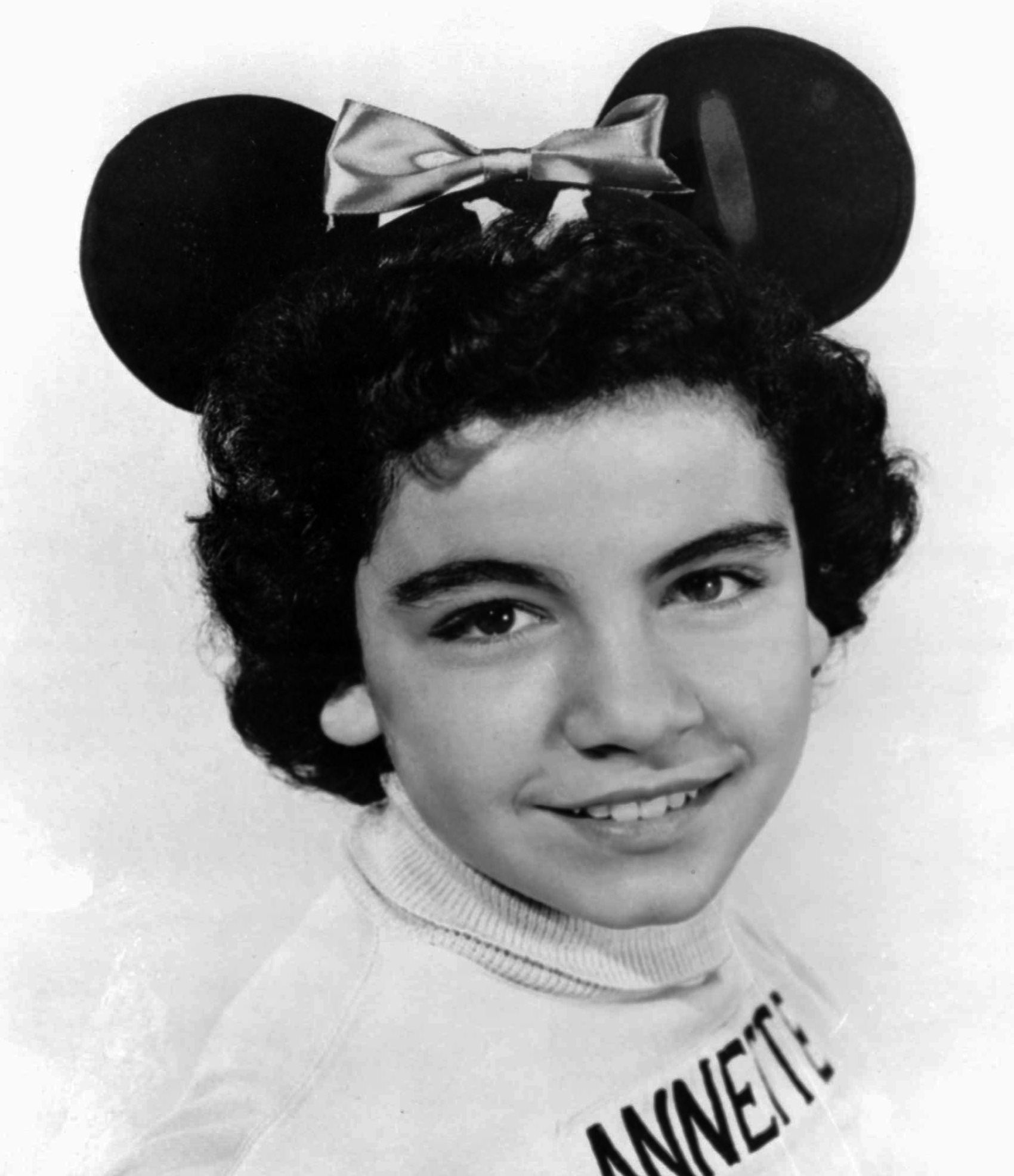As a merry Mouseketeer and then as a big-screen beach bunny, Annette Funicello, who died Monday at age 70, was the first love for a couple of generations of young Americans. In her own, small way, she is as memorable a monument of mid-20th century American womanhood as Marilyn Monroe or Doris Day.
Teenage stars, especially those who come out of television, or whose recording careers are presided over by professional hit makers, are often unfairly described as “manufactured,” however many records they sell or lives they enliven. But while presence can be exploited and shaped, it can’t be made.
Funicello’s stardom was born of the intersection of her native gifts, rare opportunity and a cultural moment. But even if you did not grow up under her spell, it’s not hard, looking back on her best work — most of it for Disney — to fall for her even now.
Funicello — it is difficult not to write simply “Annette” in referring to her — was not, certainly, an outsized talent, and it was part of her charm that she never tried to pretend otherwise. (Of her singing: “My voice is very small,” she told an interviewer later in life, with “a range of about three notes.”) Her early acting has the measured, word-by-word delivery of the amateur, but it is couched in an appealing softness; at her most awkward, she is never less than vibrant.



